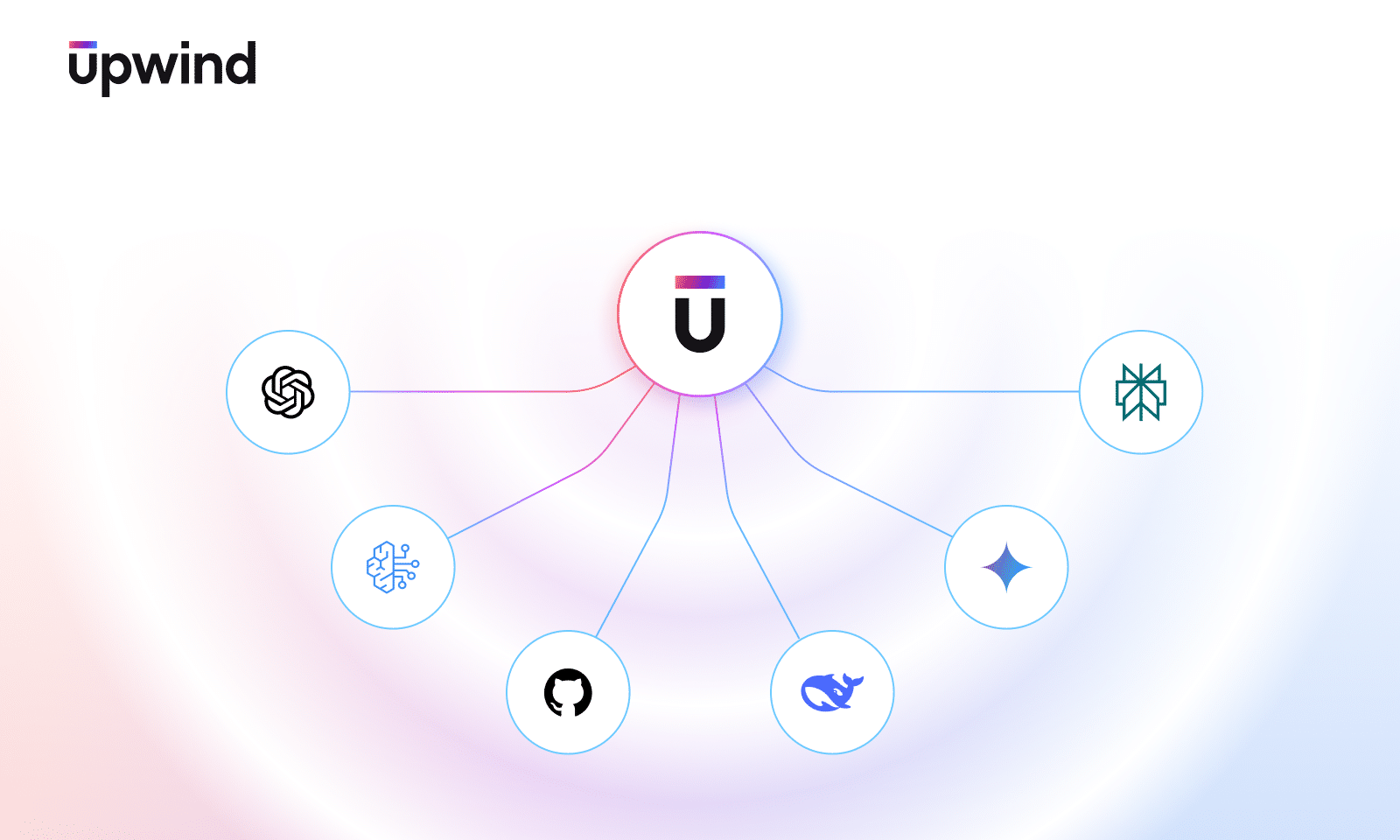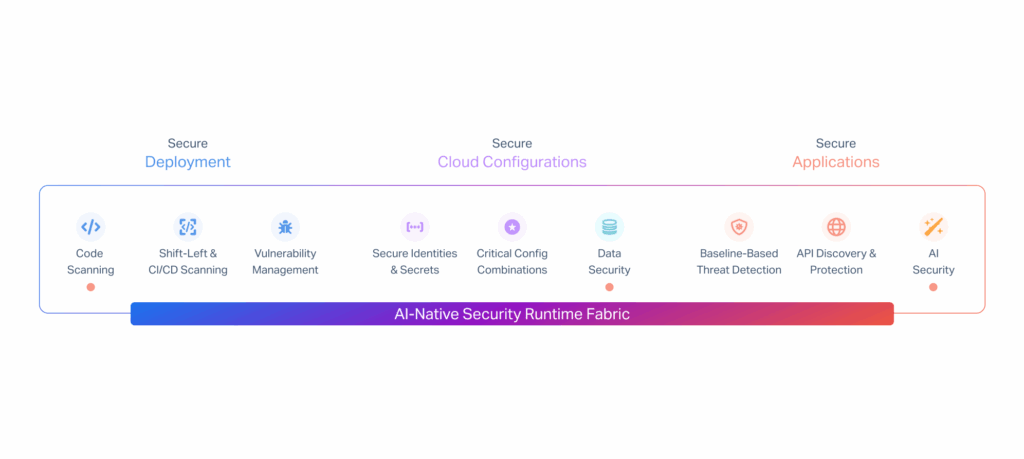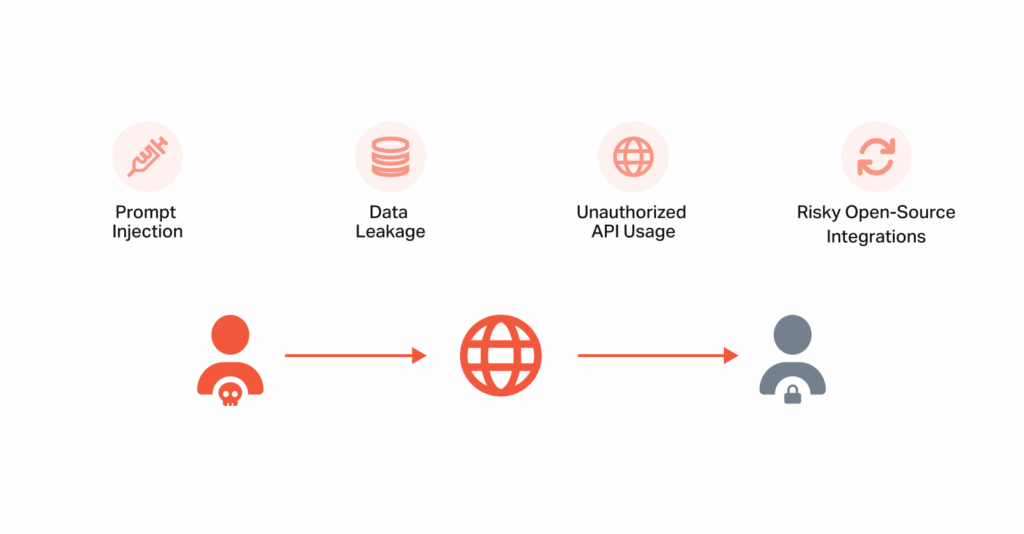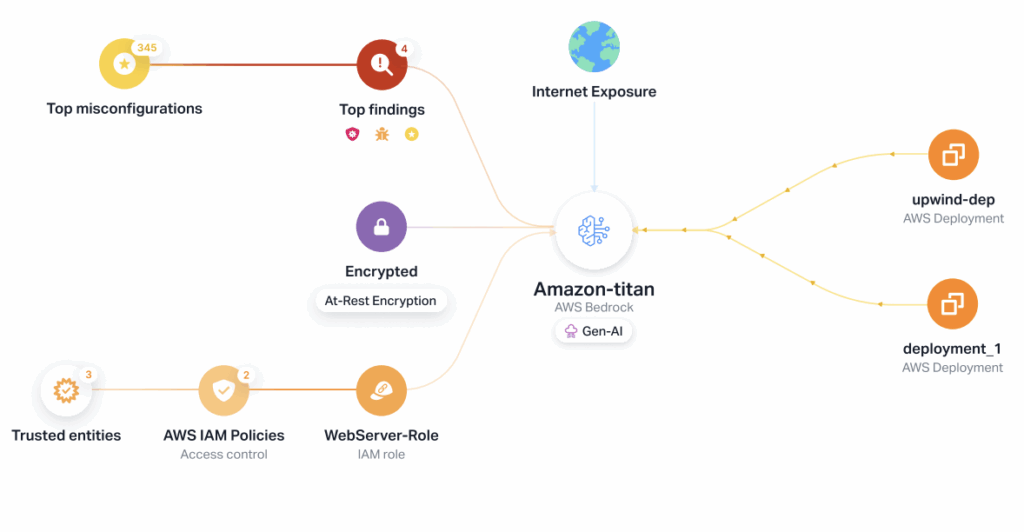
Why Securing AI Workloads Demands Runtime Protection, Now More Than Ever
As enterprises race to integrate GenAI and AI-powered applications, security leaders are confronting a new class of threats. Traditional tools weren’t built for the dynamic, high-risk nature of AI workloads. AI workloads introduce new capabilities, along with new risks. They dramatically increase the cloud attack surface by running code that adapts in real time, often with elevated privileges and access to sensitive data. This makes runtime security not just valuable, but essential.
The New Security Reality
AI workloads don’t behave like traditional applications. They are dynamic, ephemeral, and perhaps most critically – unpredictable. Whether it’s a large language model generating real-time outputs or a machine learning pipeline processing sensitive data, these systems introduce new risks. One example: an image classification model was tricked into allowing privilege escalation through poisoned data inputs. These kinds of workloads challenge legacy security models at every turn.

Static scanning and configuration management can’t capture what’s happening in real time. Without runtime context, organizations remain blind to how AI behaves in production and attackers are quick to exploit that gap.
Emerging Threats to AI Workloads
Securing AI requires a deep understanding of the unique risks these systems introduce. Threats aren’t limited to infrastructure, they also target the logic, data, and behavior of the AI itself, such as:
- Prompt Injection & Model Manipulation: Attackers craft malicious inputs to hijack AI models, exfiltrate data, or generate harmful outputs.
- Data Leakage: AI systems often process sensitive or regulated data. Without real-time controls, exposure risks skyrocket.
- Unauthorized API Usage: Without continuous monitoring, misuse of AI APIs can go undetected until damage is done.
- Risky Open-Source Integrations: Unvetted models or libraries may introduce vulnerabilities or hidden backdoors into production environments.

Why Runtime Security Is Non-Negotiable
AI workloads are fast-moving and deeply integrated with sensitive systems. Pre-deployment scans and static rules simply can’t keep pace. True AI protection happens at runtime, where real behavior and real threats emerge. Security at the execution layer is the only way to get the visibility, context, and control needed to detect and stop attacks as they happen. Here’s how it works:
- Layered Runtime Telemetry: AI environments require visibility across the full stack, including network, transport, and application layers. This gives security teams a clear picture of workload behavior as it happens, not just in static analysis: .
- Imagine a financial services firm detecting unauthorized outbound traffic from a containerized AI service. Layer 3 telemetry flags connections to an unapproved IP. Layer 4 identifies abnormal session behavior, and Layer 7 uncovers that sensitive transaction metadata is being exfiltrated. With this complete picture, the security team blocks the breach in real time, before any damage is done.
- Behavioral Analysis: AI workloads often behave differently from traditional applications. Runtime security leverages behavioral patterns such as beaconing or lateral movement to catch sophisticated, low-noise attacks.
- Consider a SaaS company seeing low-volume, periodic traffic from an AI microservice. Nothing seems off – until runtime analysis reveals a beaconing pattern to an attacker-controlled server, stemming from a compromised open-source library.
- Context-Aware Enforcement: When a threat is detected, speed matters. Runtime security ties alerts directly to workload metadata such as image version, deployment history, or CI/CD activity. This allows teams to respond with precision, taking immediate, targeted action while avoiding disruption to unaffected systems.
- Live Threat Detection: Runtime monitoring enables immediate detection of active threats like privilege escalation, lateral movement, and suspicious API calls. These are the kinds of risks that traditional tools often miss until it’s too late. For example, in one real-world incident, a machine learning inference server began making unusual internal API calls. Runtime telemetry revealed it had been compromised via a poisoned model update, allowing the attacker to escalate privileges and access sensitive backend systems. This was detected and contained in real time.

Securing the Future of AI Starts at Runtime
AI has transformed how we build software. It’s also transformed how we must secure it. Runtime protection is no longer optional; it’s the foundation of modern AI security. To stay ahead of evolving threats, security teams need deep, continuous visibility into AI workload behavior. They need tools built specifically for AI environments. Tools that monitor live inference behavior and stop suspicious model activity. They apply enforcement in real time based on how workloads are actually performing, allowing for faster and more precise responses. That’s where Upwind comes in.
Want to See How AI Security Works in Action?
Read our whitepaper, “Why Securing AI Workloads Requires Runtime,” to learn:
- The latest AI-specific threats facing enterprises
- Why traditional scanning tools and static rules fall short in live AI environments
- How runtime telemetry powers live detection and response
- Real-world examples of runtime security preventing data leakage and abuse
Read the Whitepaper and learn how runtime security protects AI workloads in production. When you’re ready, schedule a personalized demo with us to see how Upwind can protect your AI workloads in real time.





